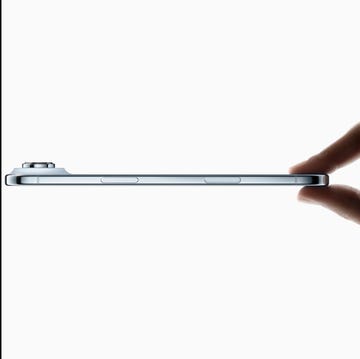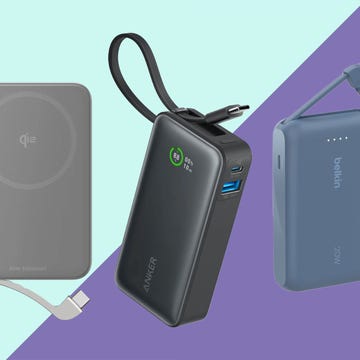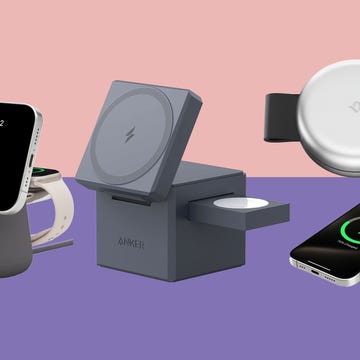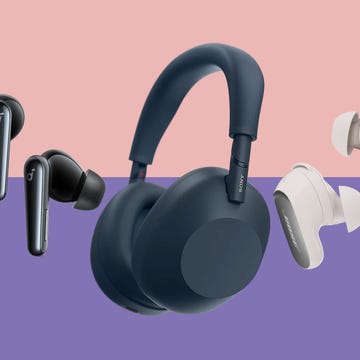We earn a commission for products purchased through some links in this article.
How to buy the best laptop for every need and budget
Not sure where to start? Try our comprehensive buying guide
It’s not every day that you buy a new laptop, and we understand the importance of finding the best one for your needs.
But if you don’t know your pixels from your processors, it can be tricky to know where to start. That’s why our buying guide goes through the key specs to bear in mind and how to approach the enormous range of available options as well as whether you should consider refurbished laptops and which operating system will suit you.
Laptops we recommend
Shopping for a child or teenager? We have some separate guides for the best laptops for kids or the best budget laptops.
What to look for in a laptop
Now is a great time to buy a laptop, as many manufacturers have swapped over to using “ARM” chipsets rather than older processors. This is the same kind of tech you’ll find in phones or laptops. You don't need to worry about the jargon, but it's worth looking for any M-series chips from Apple or Qualcomm's Snapdragon X Plus and Snapdragon X Elite for Windows.
And we suspect it won't be long before more manufacturers get on board with using the tech. Why? Because these chips are more efficient, which contributes to lighter and thinner designs. This also means they tend to have an all-day battery life, as well as lots of built-in artificial intelligence (AI) capabilities, such as Apple Intelligence on MacBooks.
There may be some software compatibility issues to watch out for, but these days most Windows 10 and Windows 11 programs work with these PCs, and you shouldn't run into issues on Macs; Apple has been using its M-series since 2020, so everything runs smoothly.
Gamers should take note that these chips are more designed for productivity and portability than gaming, though, so you'll still want to look for a dedicated gaming machine.
How we chose the best laptops
We've included the top models across the key categories and a range of budgets at the time of writing.
These picks are based on our hands-on experiences and tests, which have taught us a lot about the different players in the market, as well as rigorous product research to find the best options for different needs and budgets.
Simon Cocks is Good Housekeeping UK’s Technology Editor, overseeing tech shopping content and strategy for the title. He previously also worked across other titles including Esquire UK, Digital Spy, Men’s Health UK and Women’s Health UK.
Simon specialises in testing the latest smart gadgets, home entertainment gear, headphones, speakers, portable chargers, radios, e-book readers and smartphones. He's reviewed top tech products from brands including Google, Apple, Amazon, JBL and Bose.
A magazine journalism graduate from Kingston University in 2014, Simon also worked on the Discovery and Silkroad inflight magazines. He then gained experience writing about entertainment at SFX and Total Film. He also contributed reviews and interviews to TwitchFilm (later ScreenAnarchy), CultBox and Frame Rated.
He joined Good Housekeeping UK as the Editorial Assistant for Special Projects and was part of Good Housekeeping’s Consumer Affairs Team between 2014 and 2019. In this role, he conducted price comparison research, wrote detailed household and money-saving advice guides and edited thousands of in-depth reviews for the Good Housekeeping Institute.
He has focused on technology and gadgets since 2020, where he started by testing out power banks and instant cameras. He writes reviews, roundups, news articles and deals updates, and also covers top tech deals during sales like Amazon Prime Day, Black Friday and Cyber Monday.
When not testing out the latest gizmos, you’ll find Simon either catching up with the newest releases at his local cinema or out shooting with his beloved compact camera.
You can follow Simon on Instagram, on Bluesky, on LinkedIn and on Threads.

Best iPhone cases for style and protection

Best open earbuds to shop in 2025

The best iPads to buy in 2025

Everything Apple announced at its 2025 event























